Contents
Guide
Page List
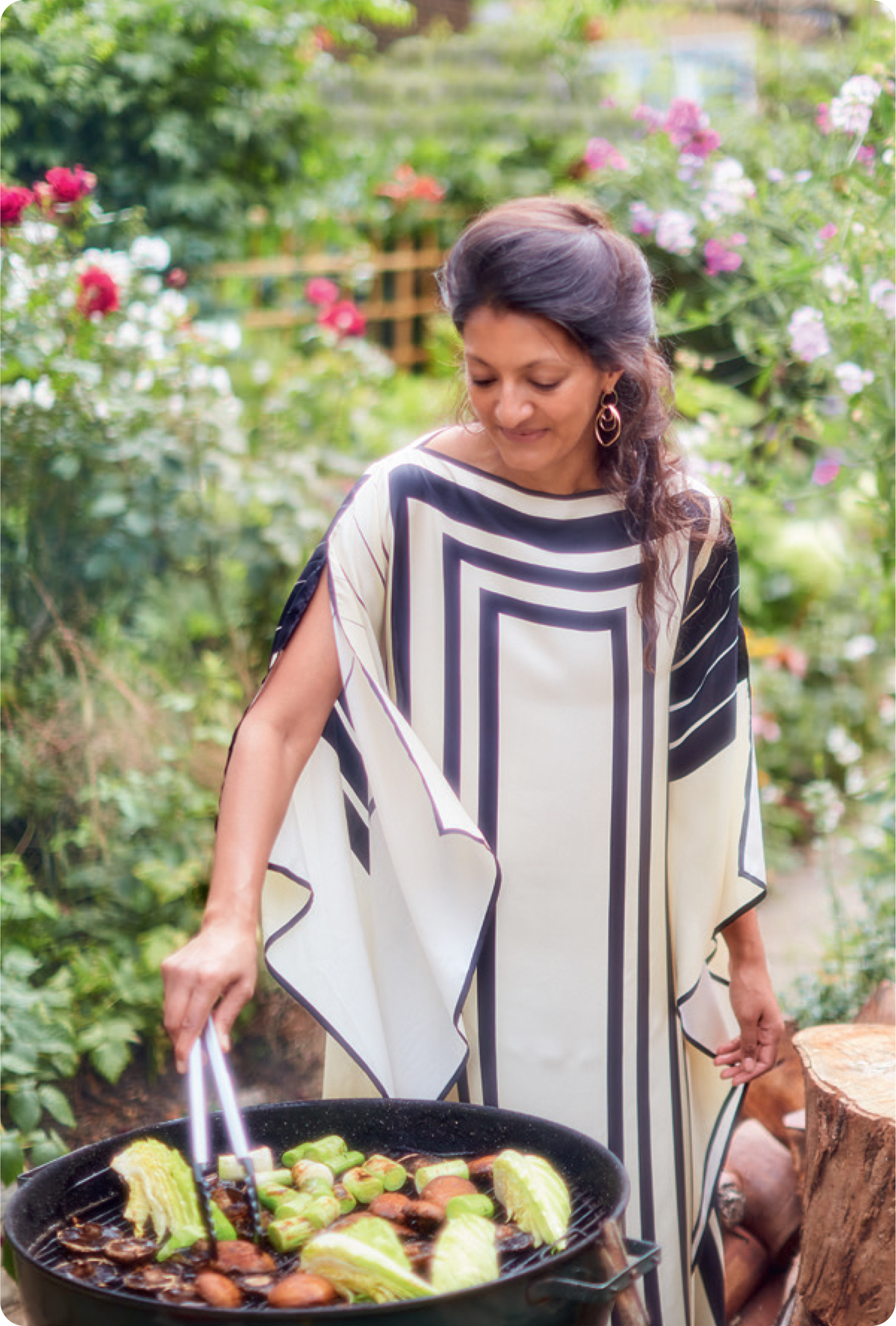
FOR PADMINI, SOME ALTERNATIVES TO POTATO SALAD FOR YOU
THE GREEN BARBECUEVEGAN & VEGETARIAN RECIPES TO COOK OUTDOORS & INRUKMINI IYER
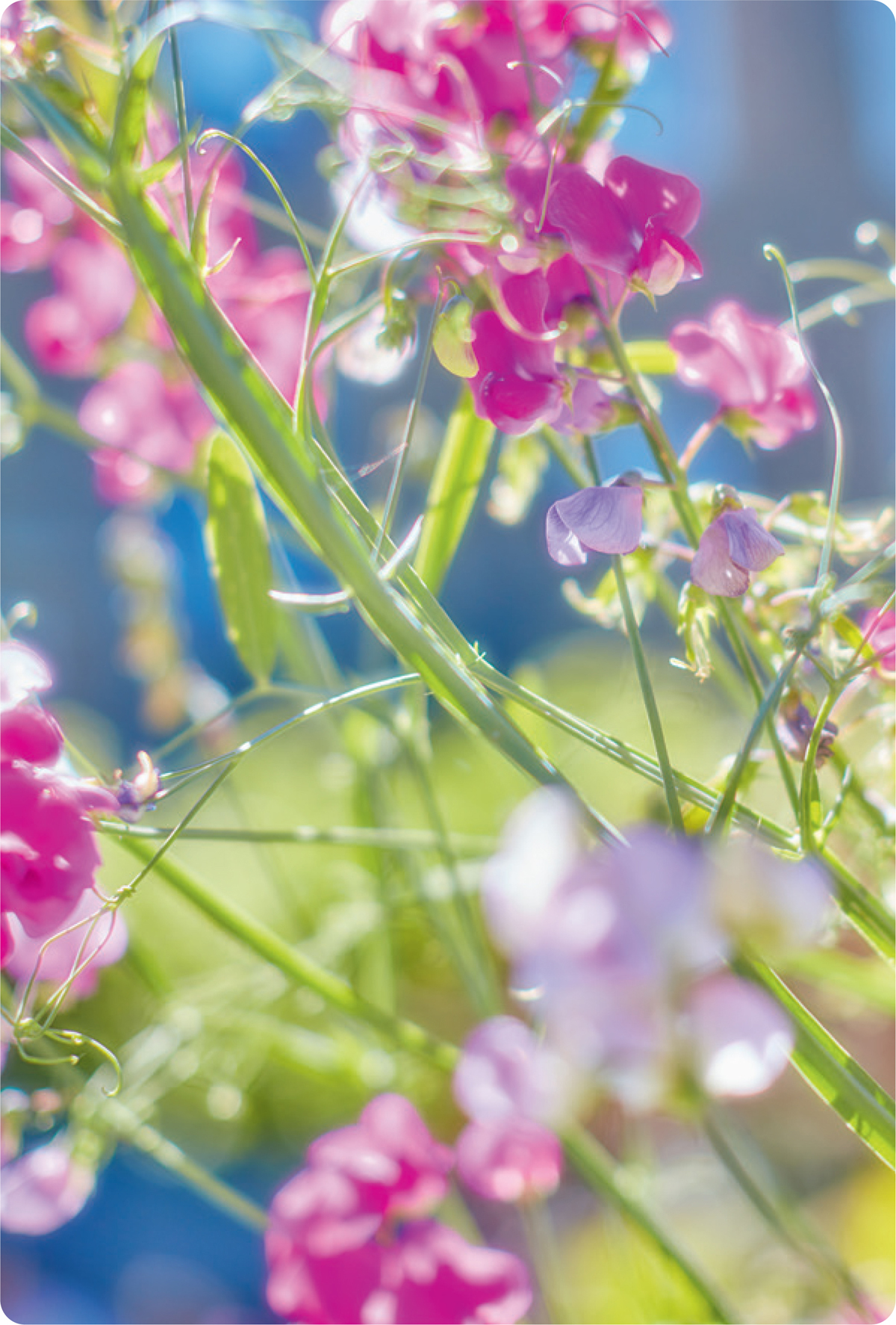
CONTENTS
If you are going to follow links, please bookmark your page before linking.
Im not sure theres anything nicer than cooking and eating outside. With good company, perhaps a dog or two, or even just contemplatively cooking a dish for yourself, its incredibly satisfying to break cooking down into its most simple components: one heat source and a bit of food. Ill often add a chopping board on a patio table to maximize my time outside with minimal fuss and as much enjoyment as anyone could expect from a bit of lazy food prep in the sunshinelunch or dinner rolling off the grill in courses, with nothing more from you than occasionally flipping something on the barbecue, drink in hand. As a certified oven-and-stovetop enthusiast, in many cases Ive provided alternative indoor cooking instructions in case you encounter bad weather, live in an apartment where barbecuing isnt practical, or feel like making the dishes at a colder time of the year. Why a vegetarian book? As readers of
The Green Roasting Tin will know, my family is vegetarian, and over the past few years most of my close friends have become vegetarian too.
I myself eat meat very rarely, and its the combination of flavors and textures in plant-based cooking that are of real interest, as thats what I cook for the people closest to me. The idea of an entirely vegetarian or vegan feast, packed with texture, flavor, and color, which opens up the world of cooking and eating outdoors to the people I love, is immensely appealing since barbecues are almost exclusively associated with carnivorous cookingthough this is something that is happily changing. I must namecheck one of my food mentors, Genevieve Taylor, whose vegetarian barbecue book, Charred, I have been dying to read but refrained from doing so while writing this book so as not to inadvertently cross over with the content here. She is the queen of cooking outdoorsbuy both books and double the number of vegetarian dishes for your barbecue. Whether youre vegetarianor indeed vegan, as more than half the recipes in this book turned out vegan almost by accidentor cooking for vegetarian and vegan friends, I hope this book will give you lots of ideas to maximize your time cooking and eating outdoors throughout the summer. 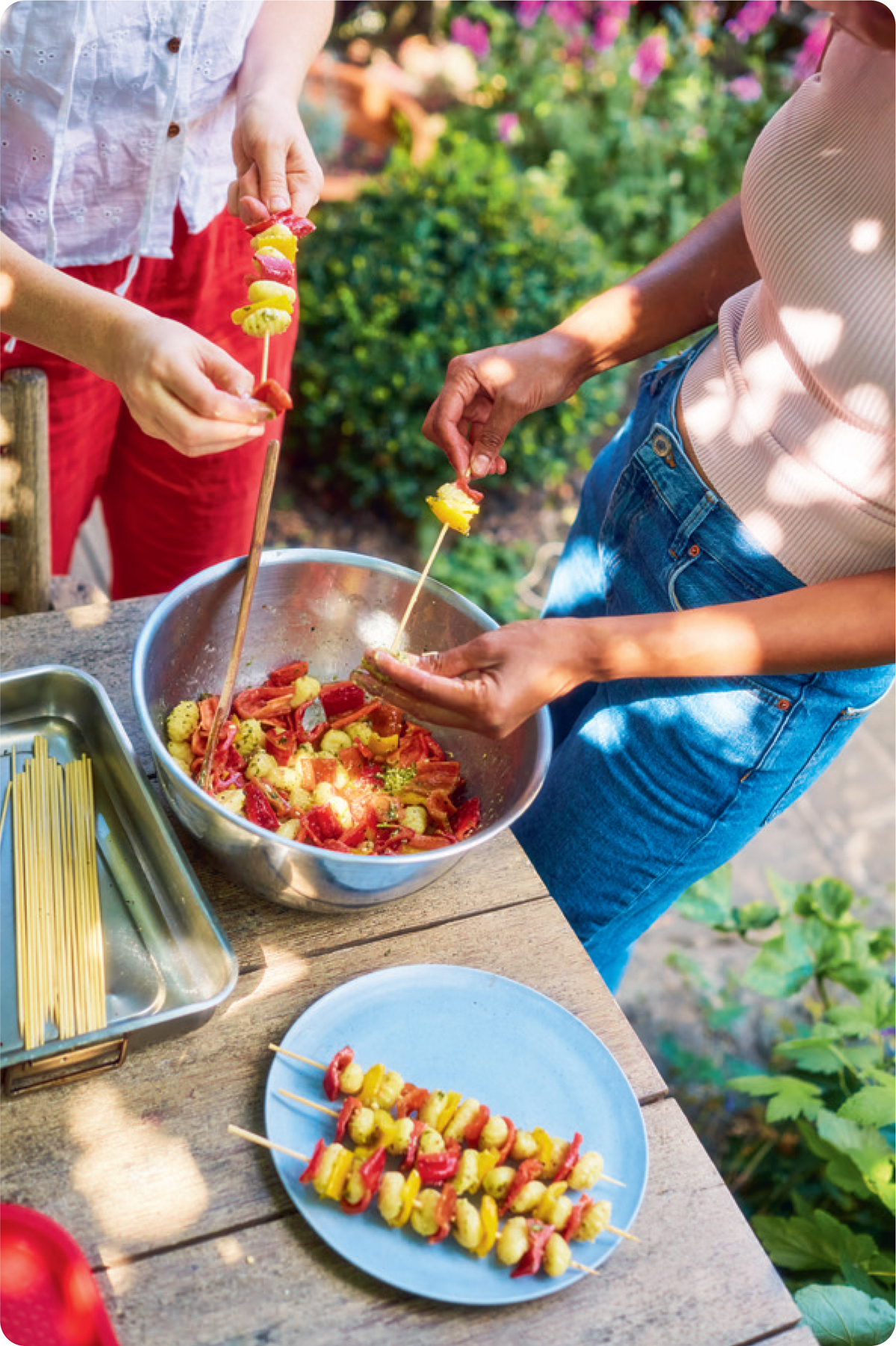
ABOUT YOUR BARBECUE
GAS OR CHARCOAL? I have spent the past couple of summers (and one memorable winterwho says you cant barbecue in the snow?) cooking outside with a variety of barbecues.
Expensive gas range? Check (although sadly not mine). Inexpensive little gas barbecue (which took hours to attach to the gas canister in the pouring rain)? You bet. And then charcoalthe messiest, most unpredictable, and my favorite. (Although I wish people would tell me when Ive managed to smudge coal on my nose like an extra from Mary Poppins.) From setups not very much more complex than a metal bucket covered with a grill, which youll see pictured in these pages, to a rather nicer Weber, a smart tabletop Hestan, and my much-loved little Prakti stove, most of the recipes in this book have been tested on a variety of different charcoal grills. My thoughtswhich are entirely subjectiveare as follows: Gas: Couldnt be easier. The temperature of the grill will be stable throughout, and the grill will have a top, so it will be as controlled as cooking indoors.
Downside: Youll lose the smokiness and primal fire factor of cooking over charcoal or wood. Charcoal: Pleasing caveperson + fire factor. The smoke will impart an incredible flavor to the food. You can use seasoned wood or dry garden sticks on the fire (eucalyptus, apple, and plum are particularly nice) for extra flavor, or branches of rosemary, lavender, or thyme. Lots of vegetables (beets, eggplants, potatoes, sweet potatoes) can go directly on the coals to cook, and more delicate things (tomatoes, feta, marinated black beans) can go on the coals in foil packets. Downsides: The temperature will vary through the lifetime of the coal, and until you get a feel for cooking on it (see ) theres a risk your food will burn before its cooked through or just sit there getting smoked but not cooking at all.
But Id still rather try on charcoal than not. 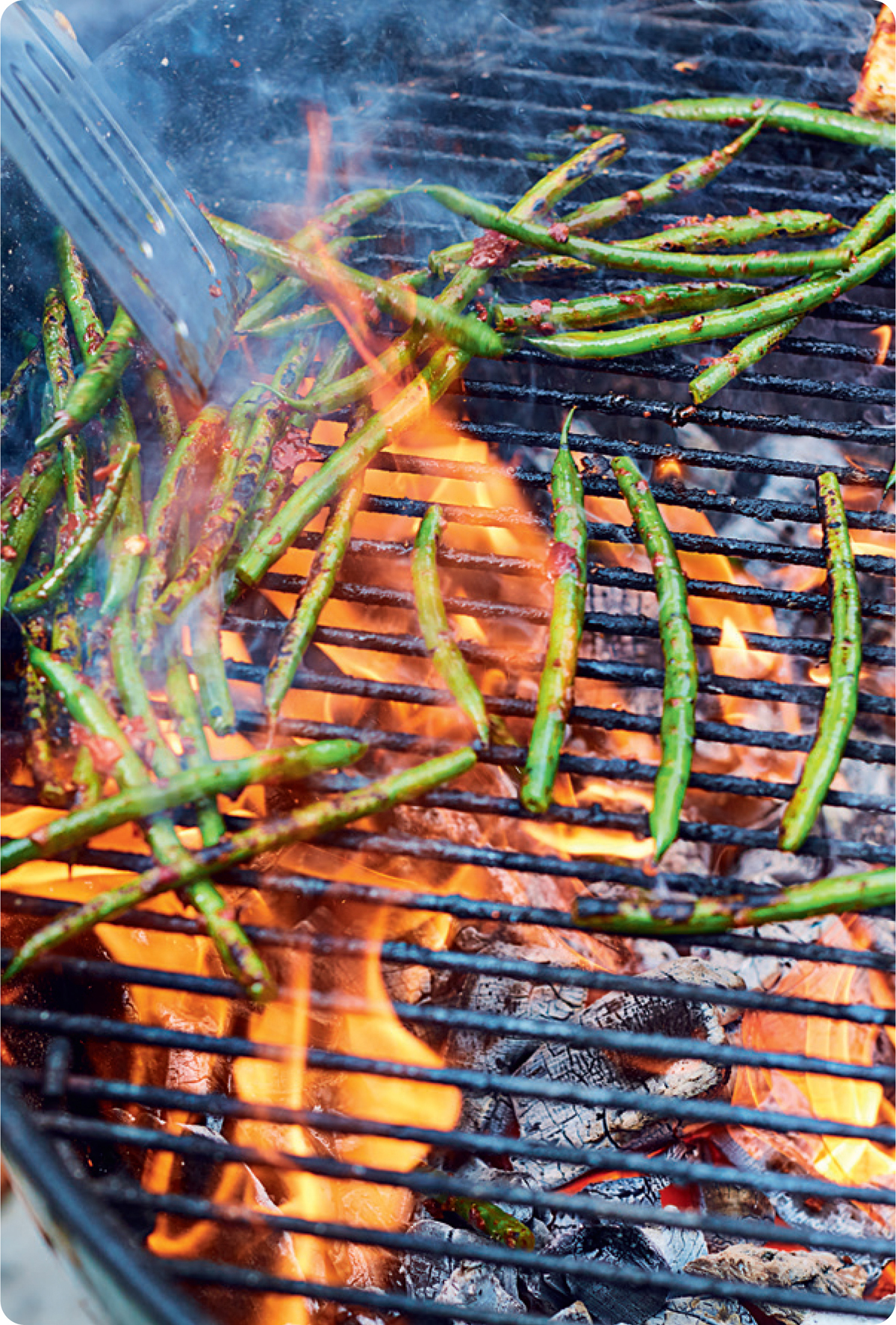

Tips for Charcoal: Use natural fire starters or a few twists of newspaper to get your coals going. Remember: You need a decent airflow, so dont pack your coals too tightly in the barbecue. Once your charcoal starts turning white around the edgesif its good coal (see below)and the flames have died down, its kicking off enough heat to start cooking something gently, so make the most of the heat and start cooking within 10 minutes of lighting it. Your coals are at their hottest when glowing white, and if that is going to be too fierce for whatever youre cooking, use something suitably long-handled to bank them up on one sidethis will be the hotter end, and you can cook more delicate food on the cooler side.
Lids: If your barbecue doesnt have one, I recommend using a deep, inverted metal roasting pan instead; just be careful taking it on and off, and use heatproof gloves.
USEFUL THINGS TO HAVE
YOUR MINIMALIST OUTDOOR COOKING TOOLS CHECKLIST: GAS OR CHARCOAL BARBECUE + HEAT SOURCE LONG-HANDLED TONGS (and you only need one ashooray!everything is vegetarian) LONG-HANDLED METAL FLIPPER SMALL BOWL FOR OLIVE OIL HEATPROOF (IDEALLY SILICONE) BRUSH to brush food with olive oil COUPLE OF BOWLS OR ROASTING PANS to put cooked food in BIG TRAY to put all of the above on SLIGHTLY MORE MAXIMALIST IF PREPPING OUTDOORS: CHOPPING BOARD KNIFE AND SPEED PEELER COUPLE OF BOWLS for prepped food and vegetable peelings/scraps AND IF YOURE GOING ON A PICNIC: PAPER TOWELS, lots of paper towels SOMETHING TO SIT ON, EAT FROM, AND DRINK OUT OF WINE, WATER, SPARKLING WATER ANTIBACTERIAL WIPES OLD SHOPPING BAGS to put trash in
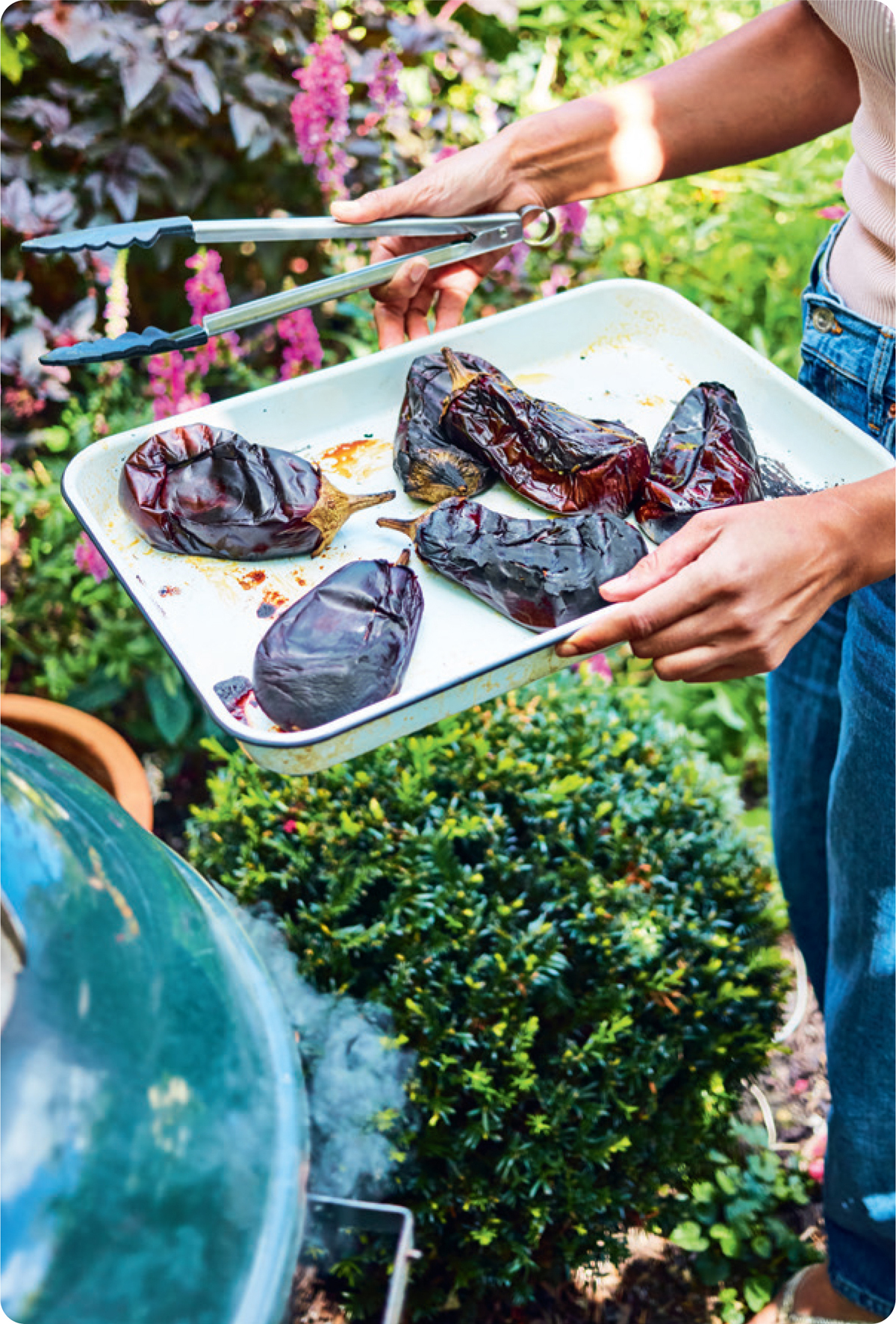
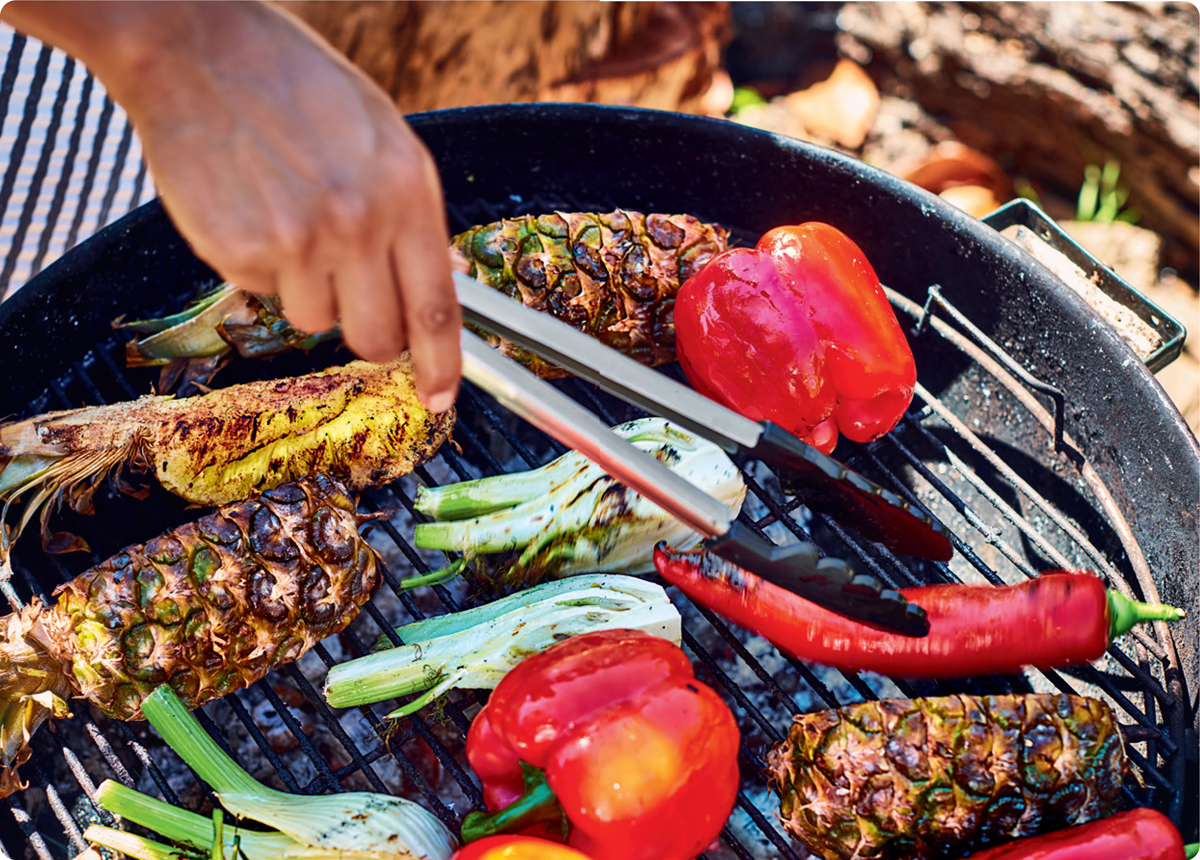

SERVE PILED ON A PLATTER OR HAND AROUND WITH DRINKS.
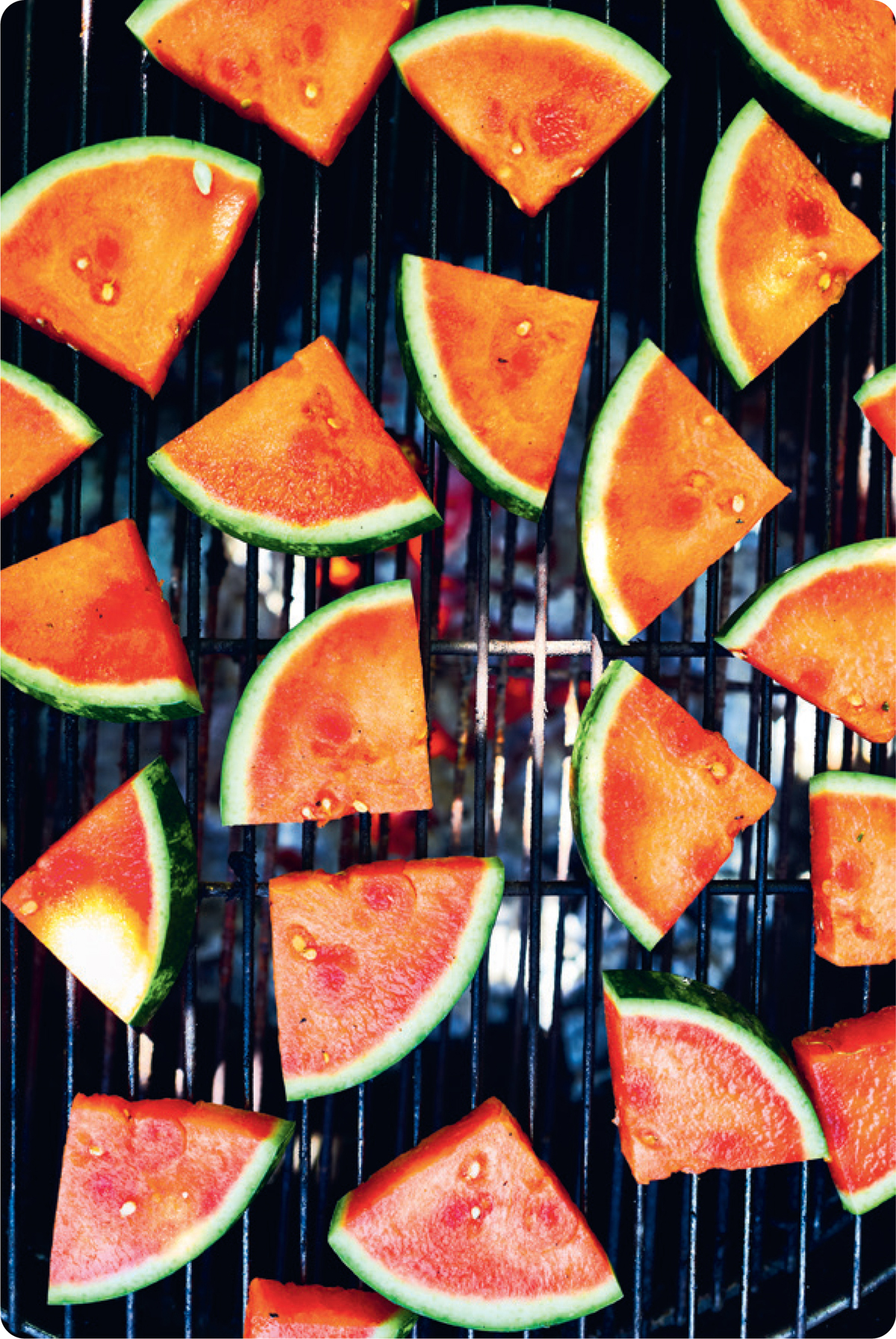


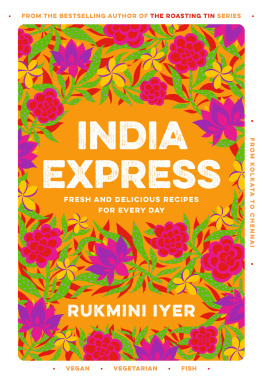

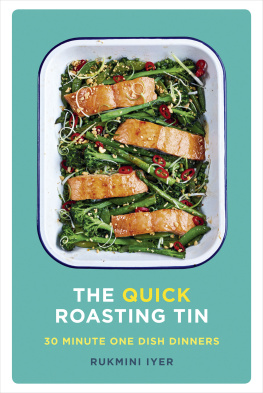

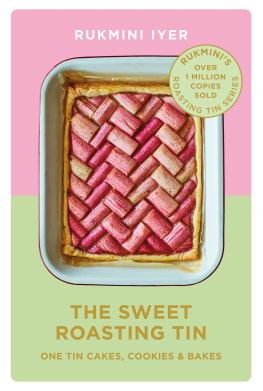
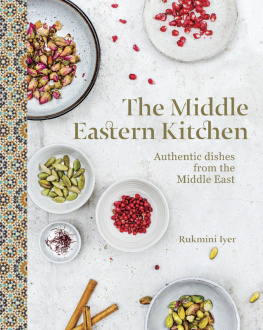


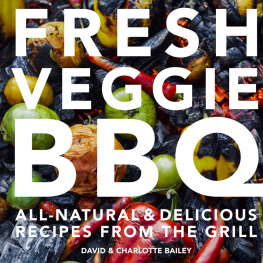
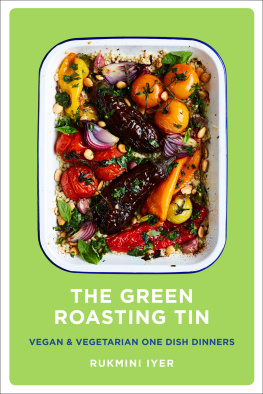
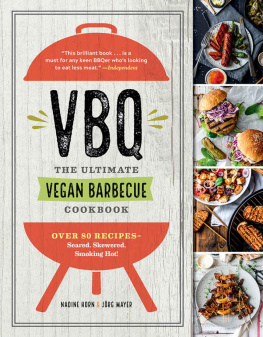

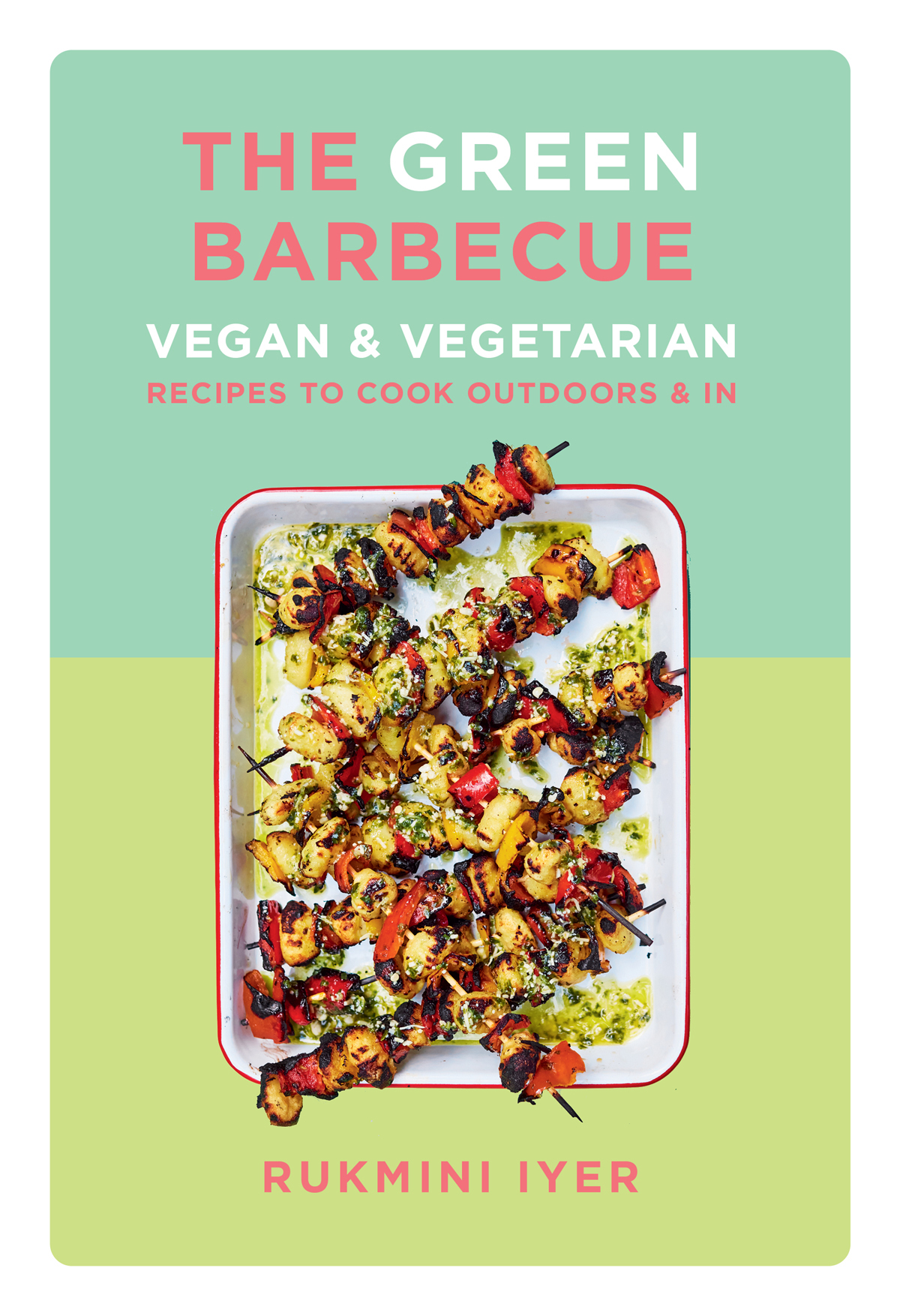
 FOR PADMINI, SOME ALTERNATIVES TO POTATO SALAD FOR YOU THE GREEN BARBECUEVEGAN & VEGETARIAN RECIPES TO COOK OUTDOORS & INRUKMINI IYER
FOR PADMINI, SOME ALTERNATIVES TO POTATO SALAD FOR YOU THE GREEN BARBECUEVEGAN & VEGETARIAN RECIPES TO COOK OUTDOORS & INRUKMINI IYER







